Going Rogue
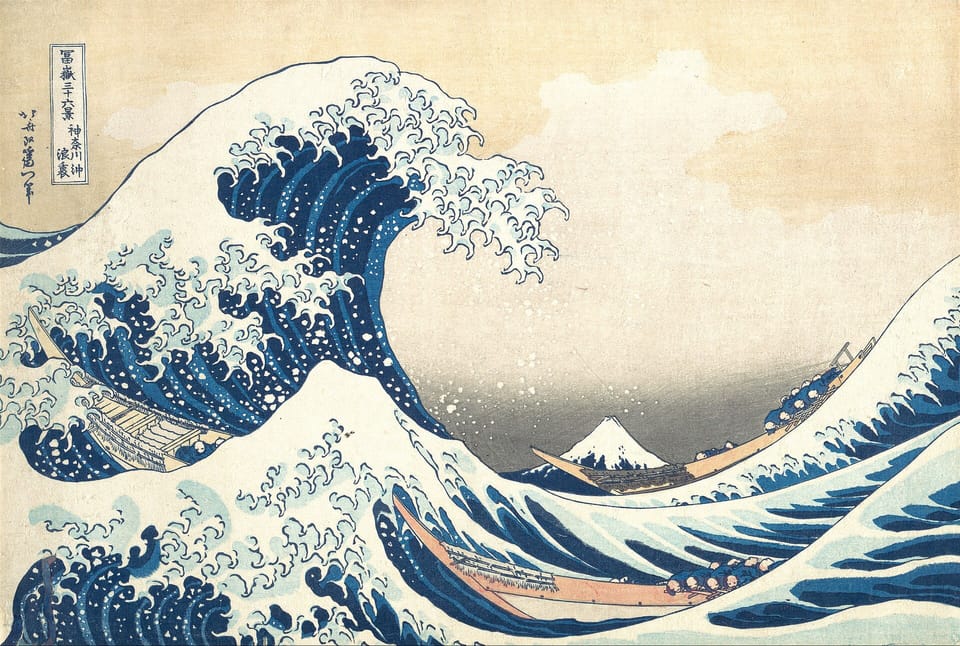
As long as people have sailed the open ocean there have been tales of terrifying freak waves that sank ships without a trace, but very few people ever survived such events and no one believed them until recently.

For centuries, sailors have whispered of monster waves that destroyed ships. It is said that walls of water towering one hundred feet high would appear out of thin air and break over ships with devastating force.
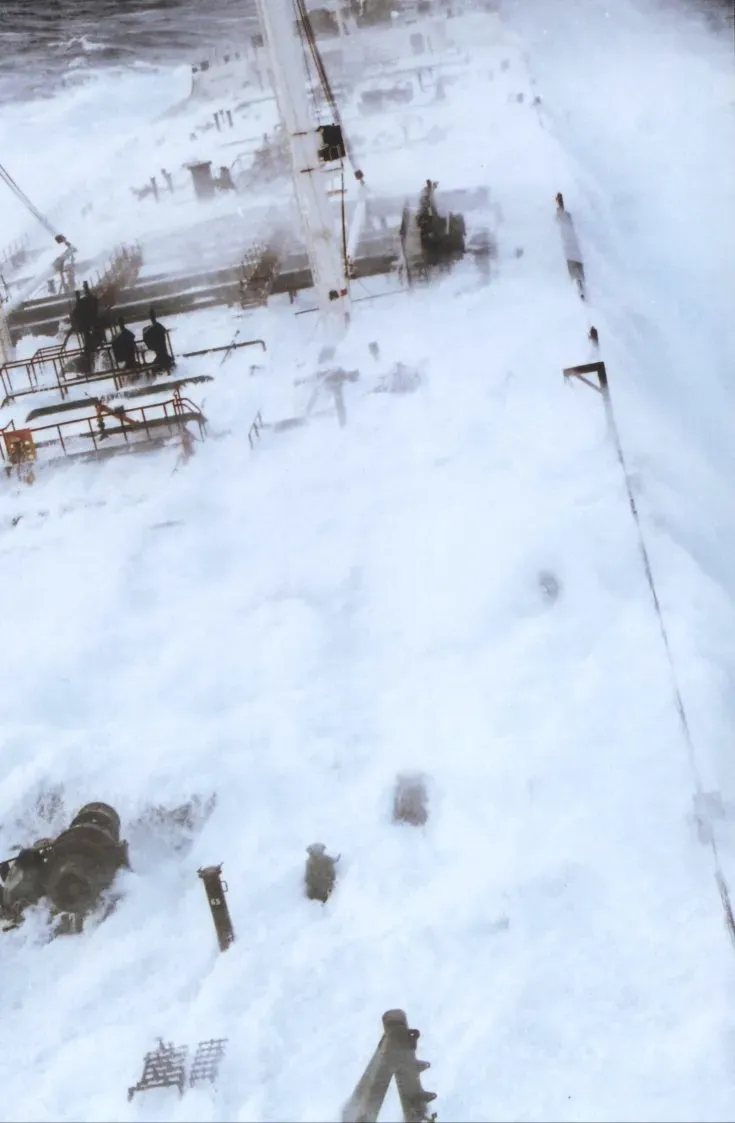
The problem with these stories was that very few people survived a wave like this and no one believed sailors even if they lived to tell about it. However, in the 1800s, scientists who studied and modeled the behavior of waves finally decided that these freak waves were theoretically possible but that they might only occur once every 10,000 years. And, in the absence of direct observations, this is where things stood until January 1, 1995.
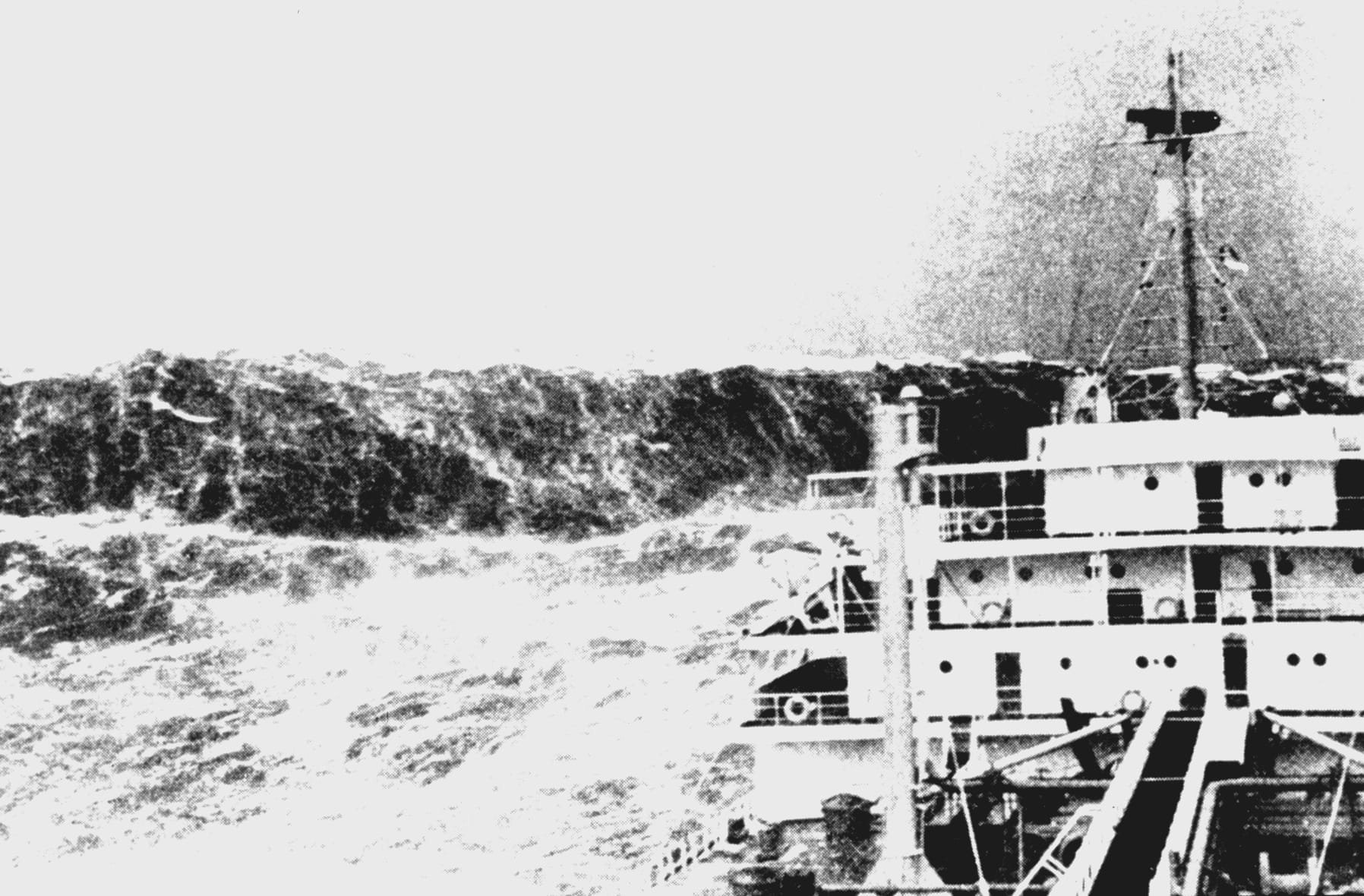
This is the day that an oil platform in the North Sea, equipped with high-tech sensors, captured the first verified measurement of a rogue wave crashing into the platform 84 feet above the water. This famous wave came to be called the Draupner Wave and it launched an entire field of scientific study.
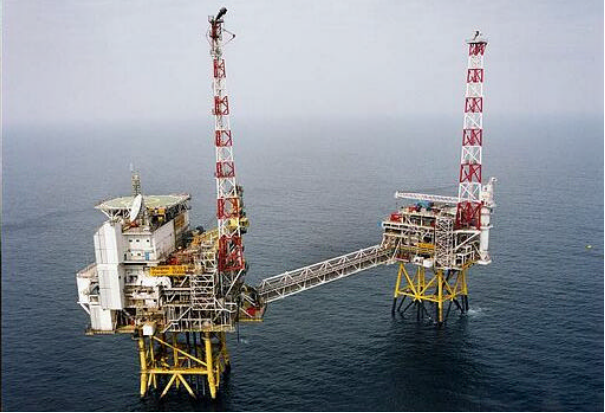
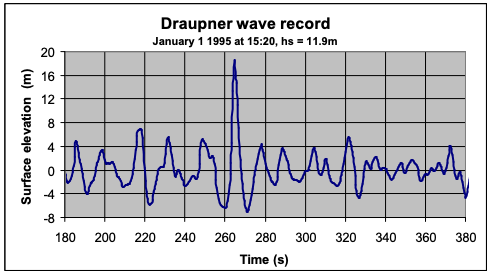
The Draupner oil platform alongside the graph of the Draupner Wave that struck on January 1, 1995. Images from Haver 2003
Using photographs, videos, satellite images, and radar, scientists soon confirmed the presence of rogue waves. By 1997 the possibility and existence of rogue waves was widely accepted, and in 2000 the first international conference brought leading researchers together to share what they were discovering.
The reason for this quick action is that rogue waves pose a serious threat to ships, shipping routes, and structures such as oil platforms. Even lighthouses that tower far above the water are at risk, and there are records of waves blowing out windows and killing workers at lighthouses 200 feet over the water.
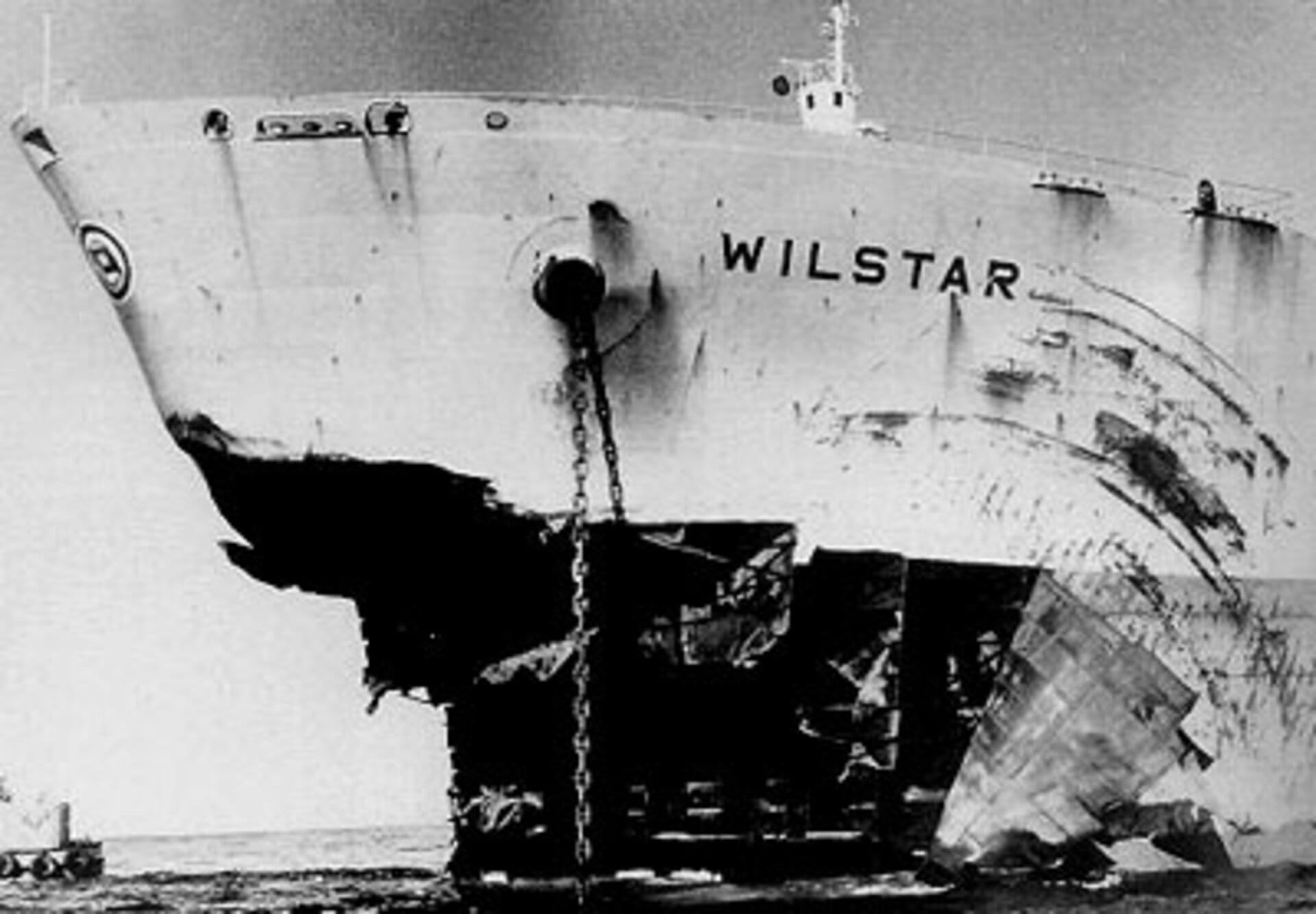
Scientists have come to define rogue waves as waves are at least 2X higher than the average peak wave height at a given time and location, with extreme rogue waves being 3-5X higher!
Simulation of a wave recorded off the coast of British Columbia in 2020 that was called the most extreme rogue wave on record, though it was only 3 times higher than the surrounding waves.
Over the past 20 years more than 200 super-carriers (cargo ships longer than 600 ft) have been lost at sea, with many sunk by towering waves that rose out of calm seas.
Captain's view of a rogue wave from a cruise ship
One thing that has caught scientists by surprise is just how common rogue waves are, which is amazing given how long it took scientists to discover them in the first place. It is now believed that there are up to 10 rogue waves occurring at any given moment on the world's oceans.
Many of the world's biggest rogue waves have been recorded in the North Sea
Despite all this work, scientists still don't fully understand how these monster waves form, though it's clear that rogue waves often form where strong currents push ocean swells in a different direction than swells pushed by wind, with swells colliding and sometime reinforcing each other's energy. This mechanism is called constructive interference and it's akin to what can happen when musical notes harmonize and amplify sound.

It's one thing to think about rogue waves from the comfort of your living room, and it's another thing altogether to imagine yourself face to face with a monster wave on the open ocean. It's terrifying enough for people on a modern, double-hulled ship, but what would it be like if you were on a tiny yacht or if you were an early sailor on a wooden boat?!

Member discussion